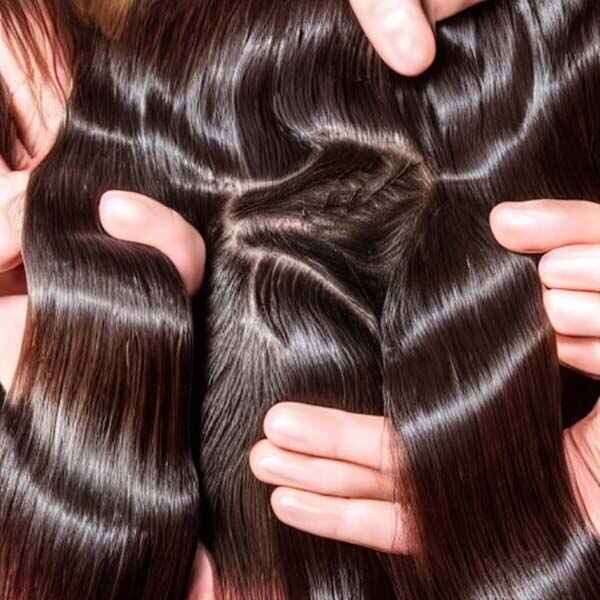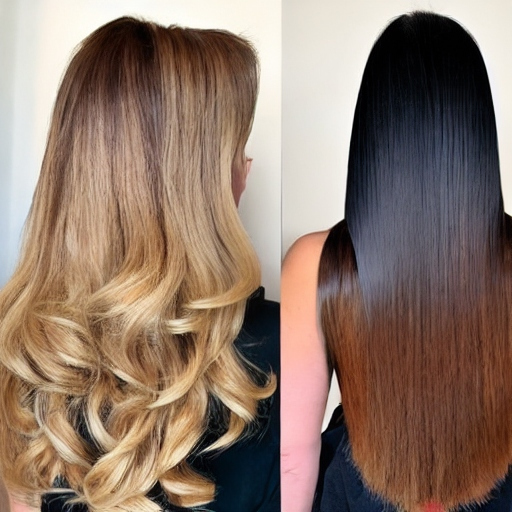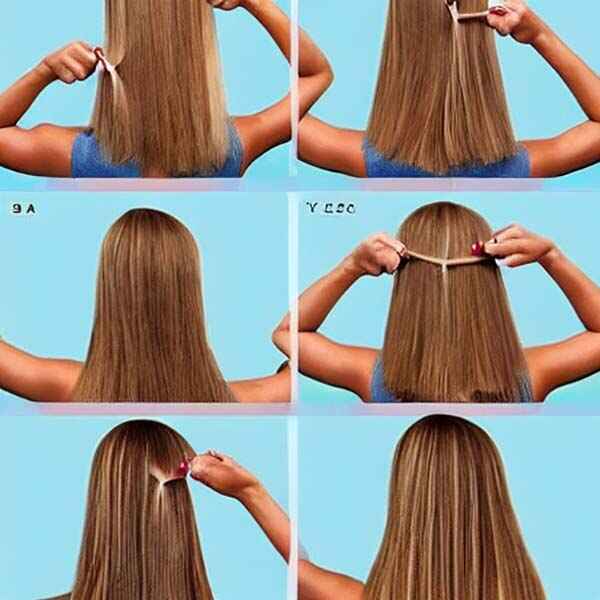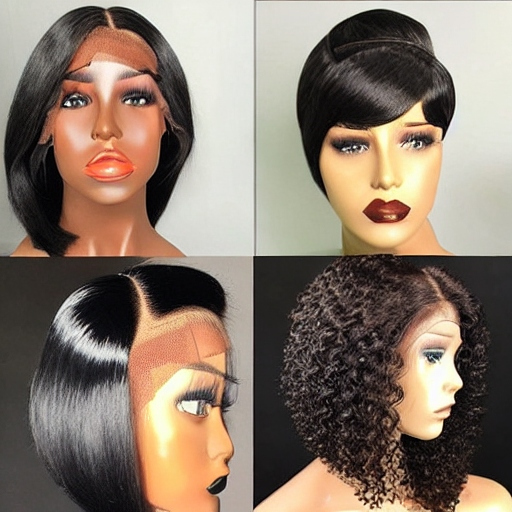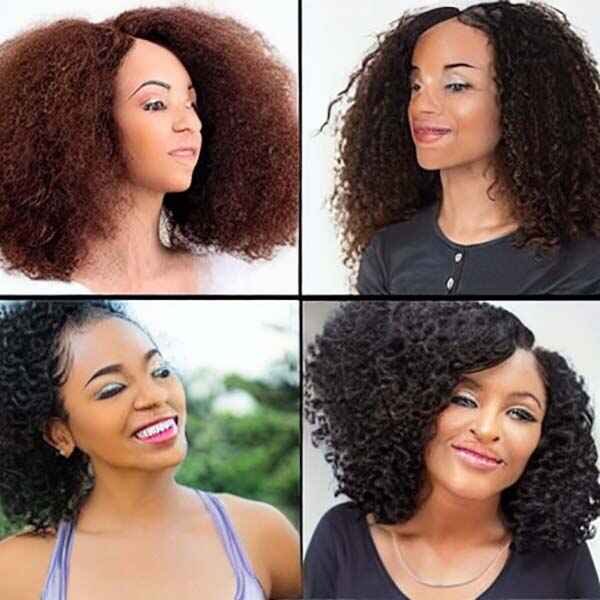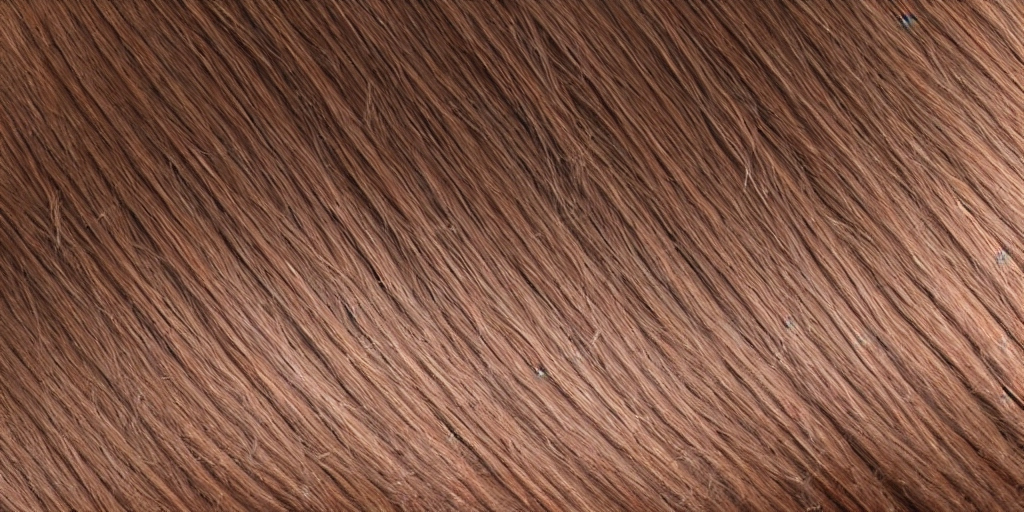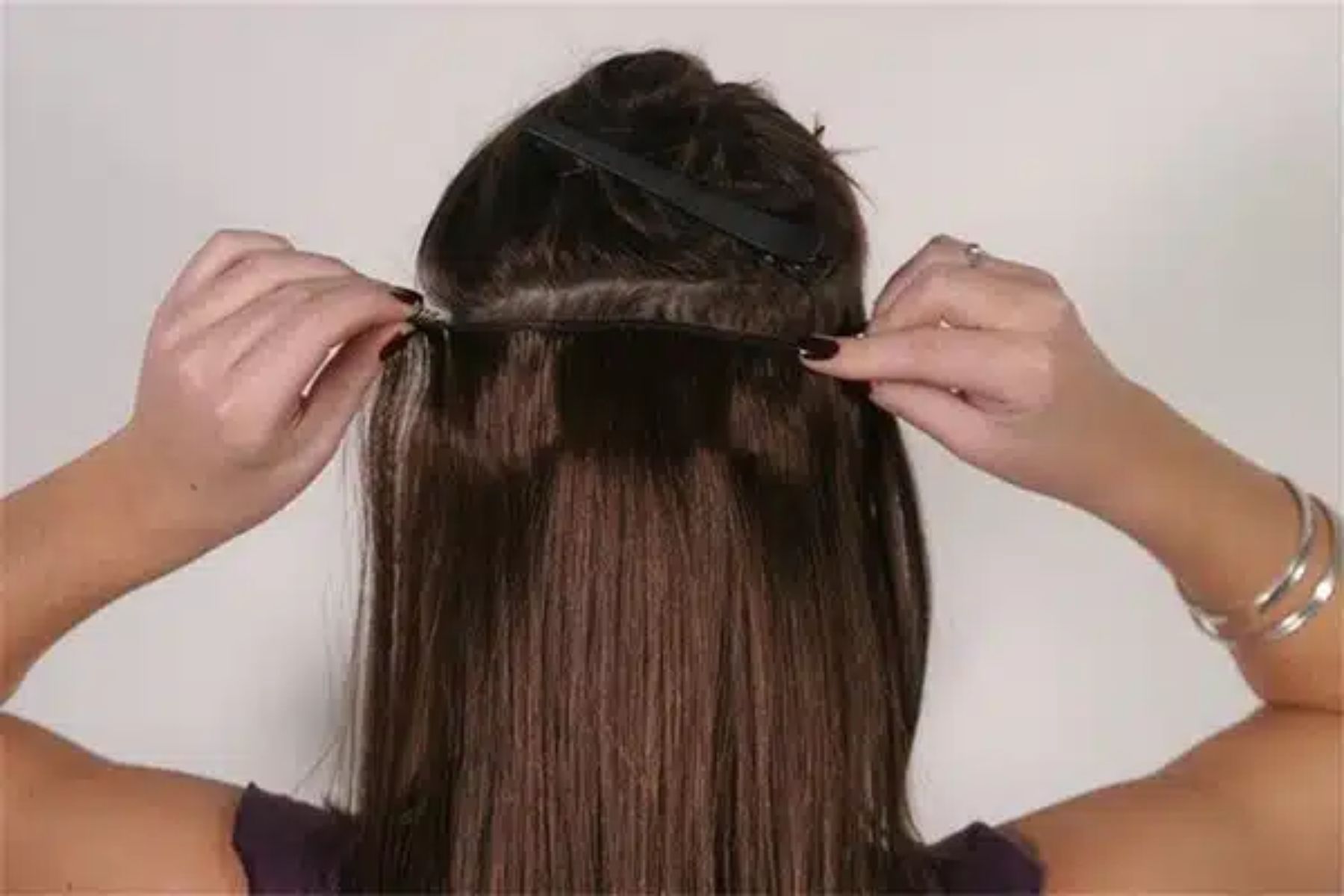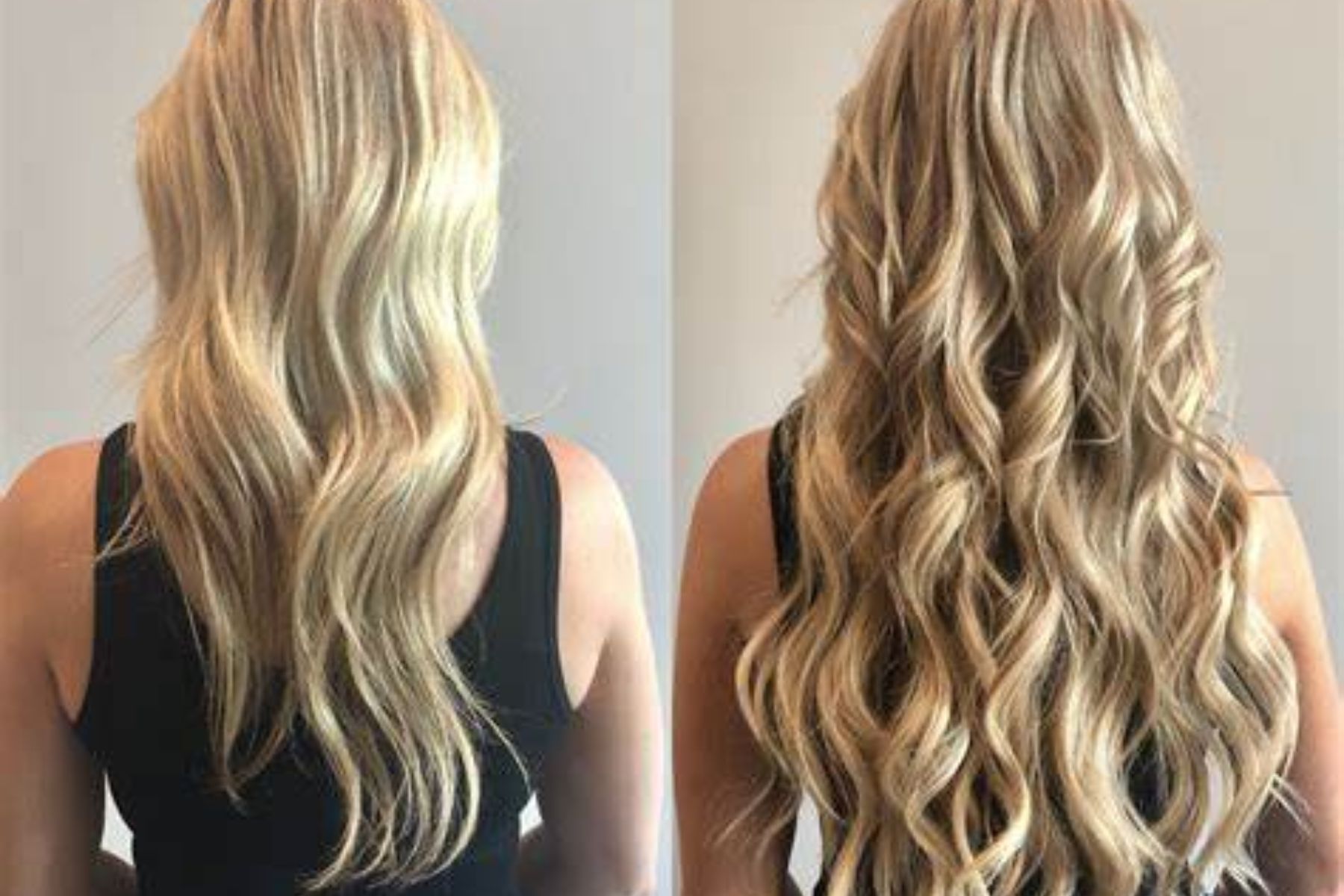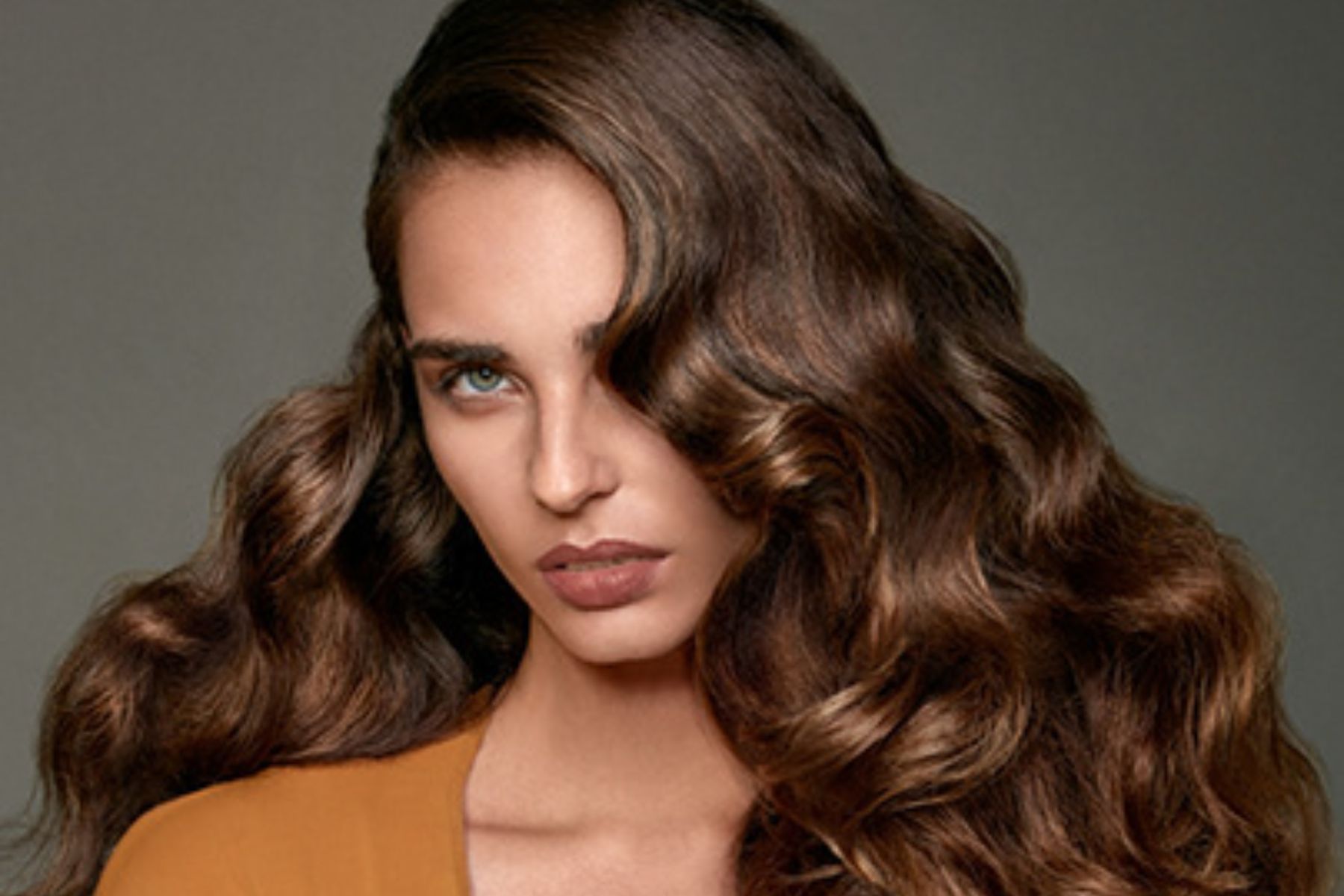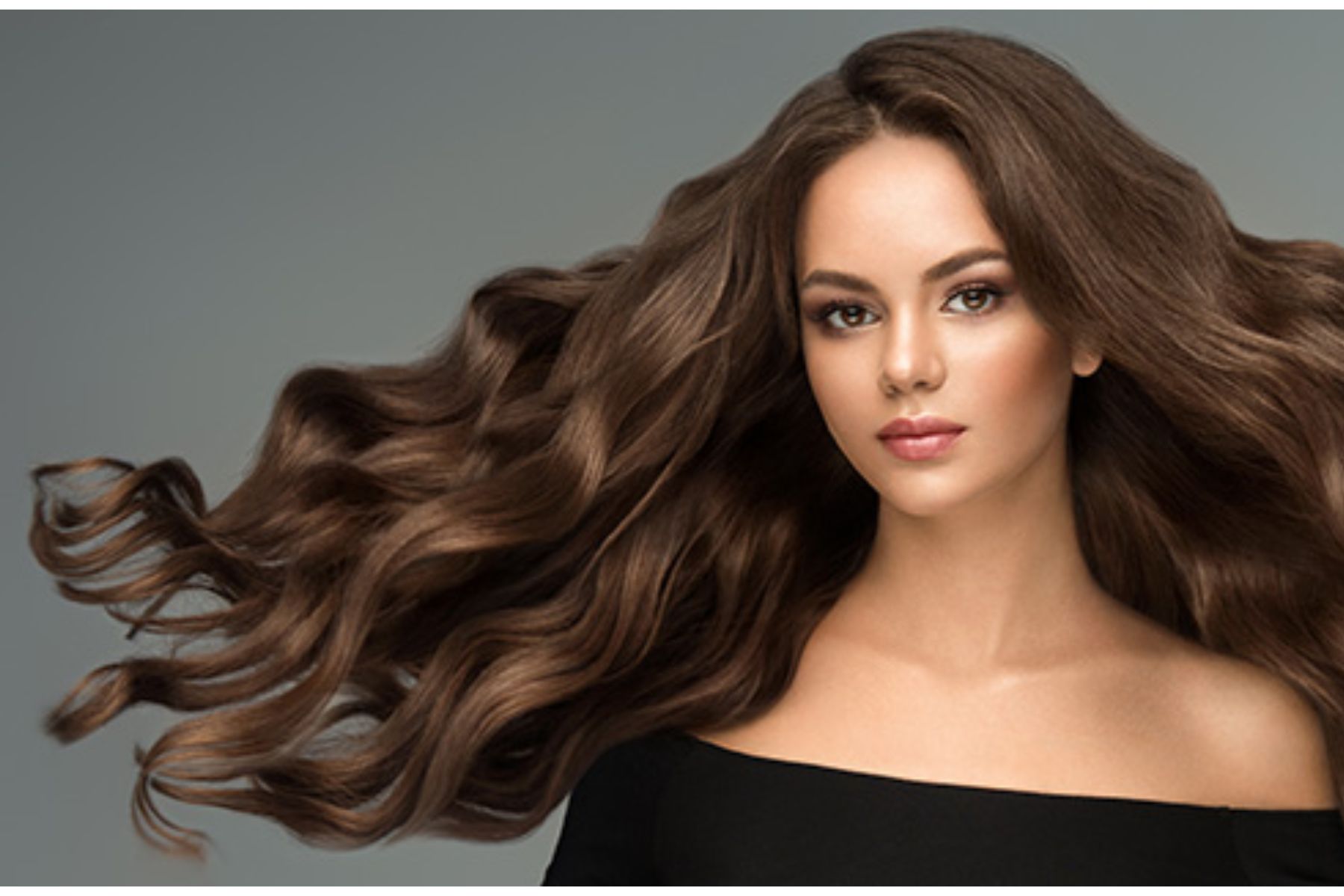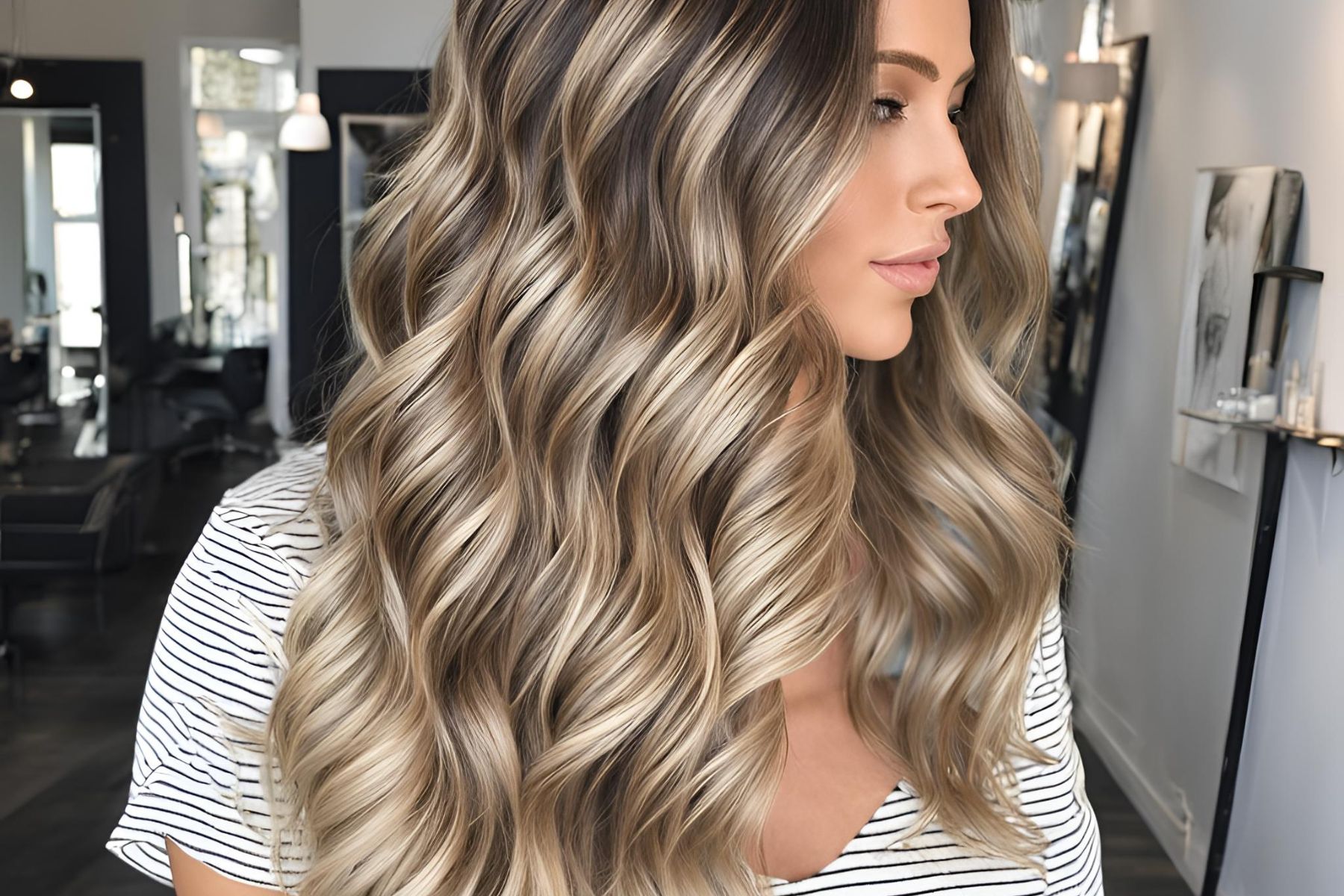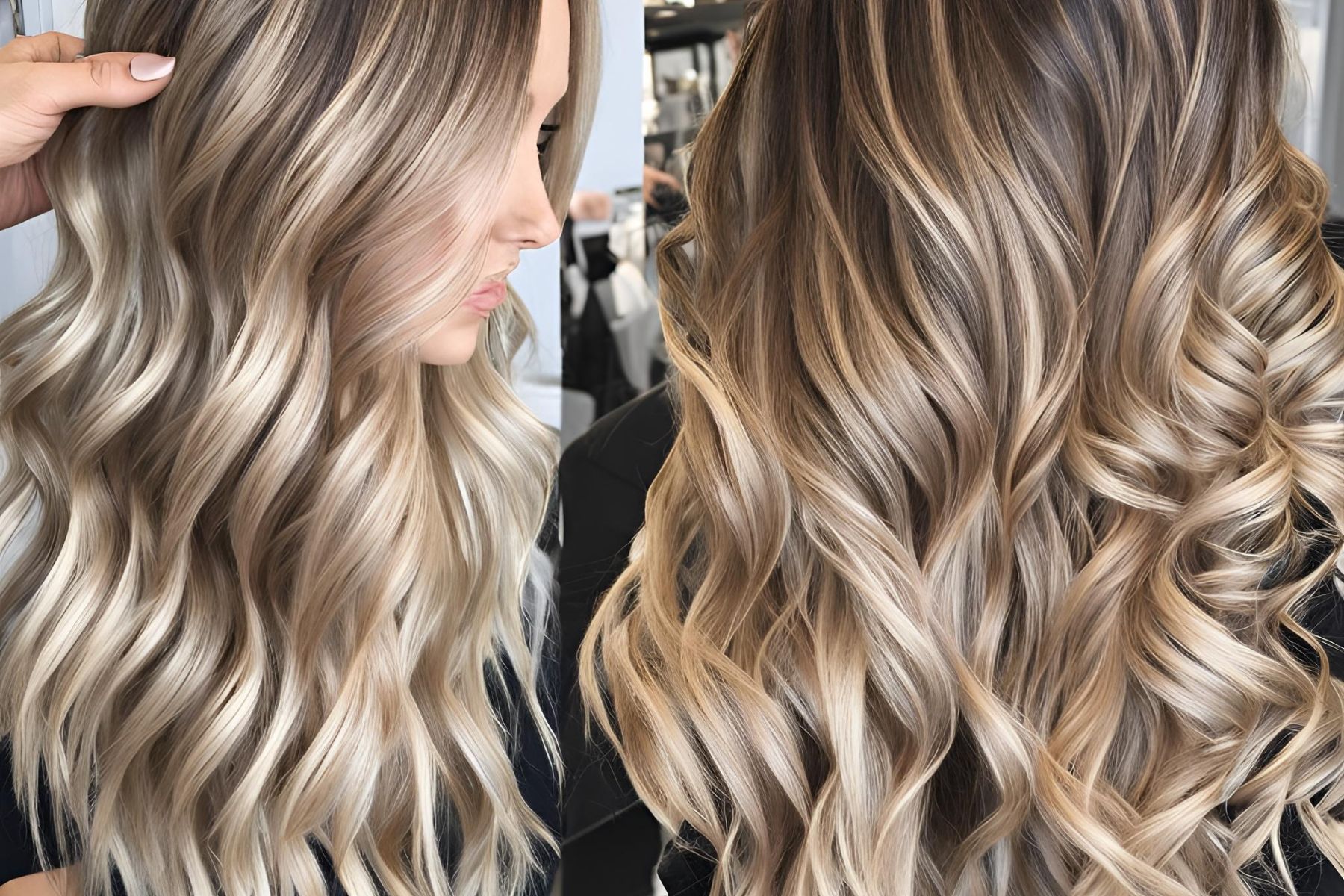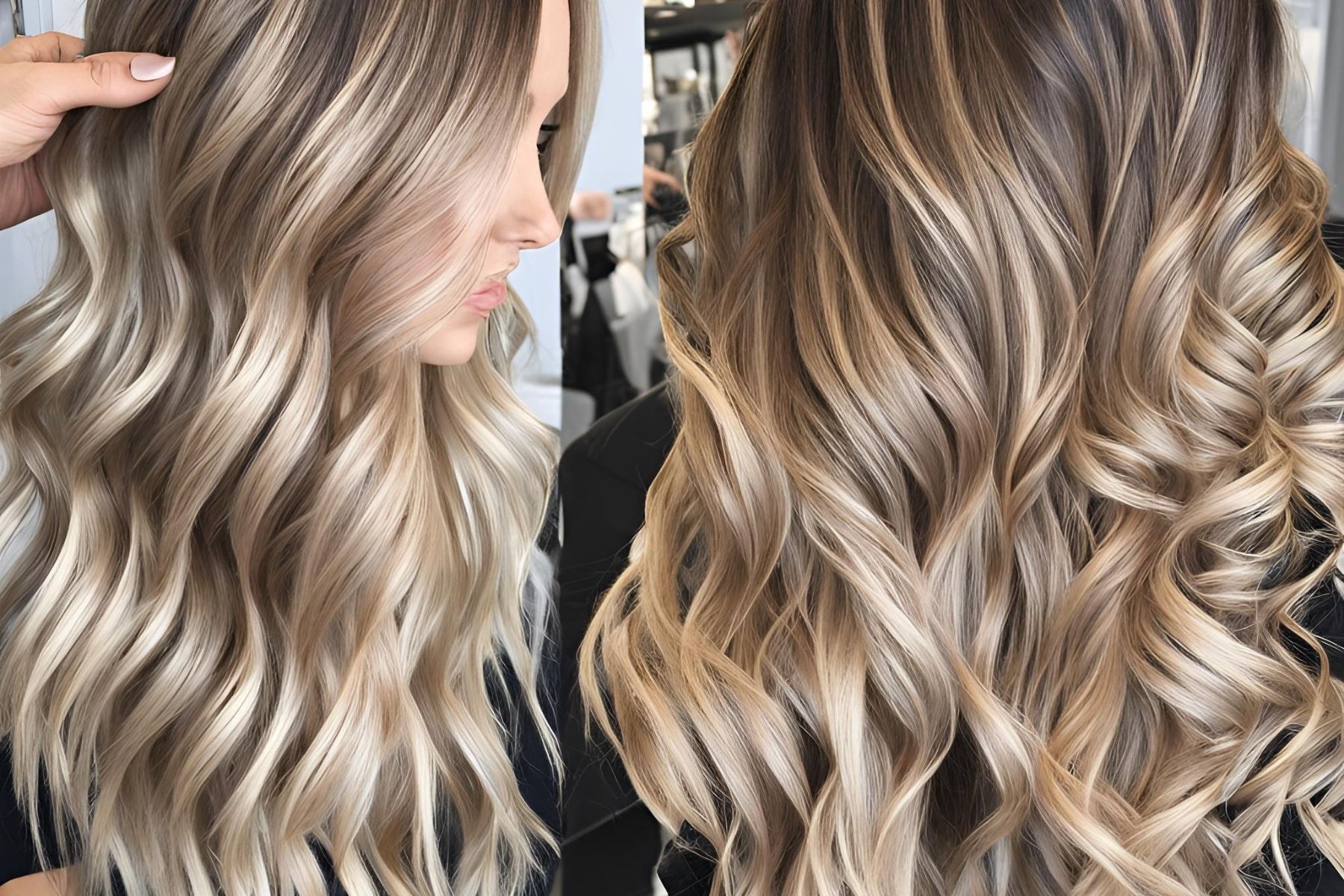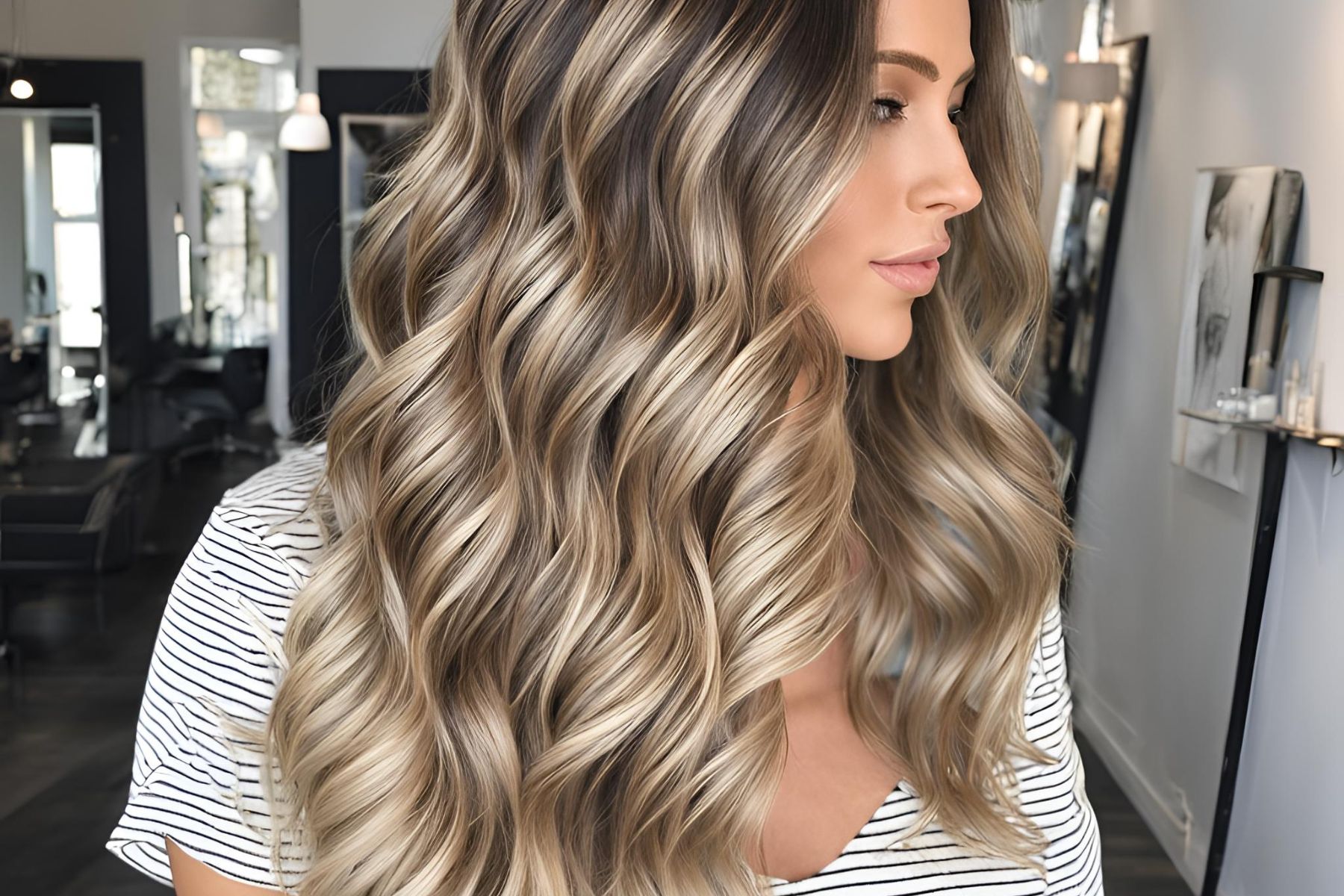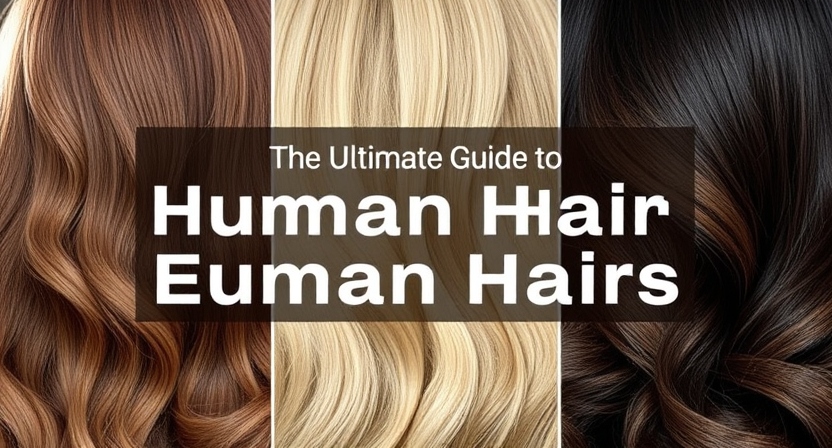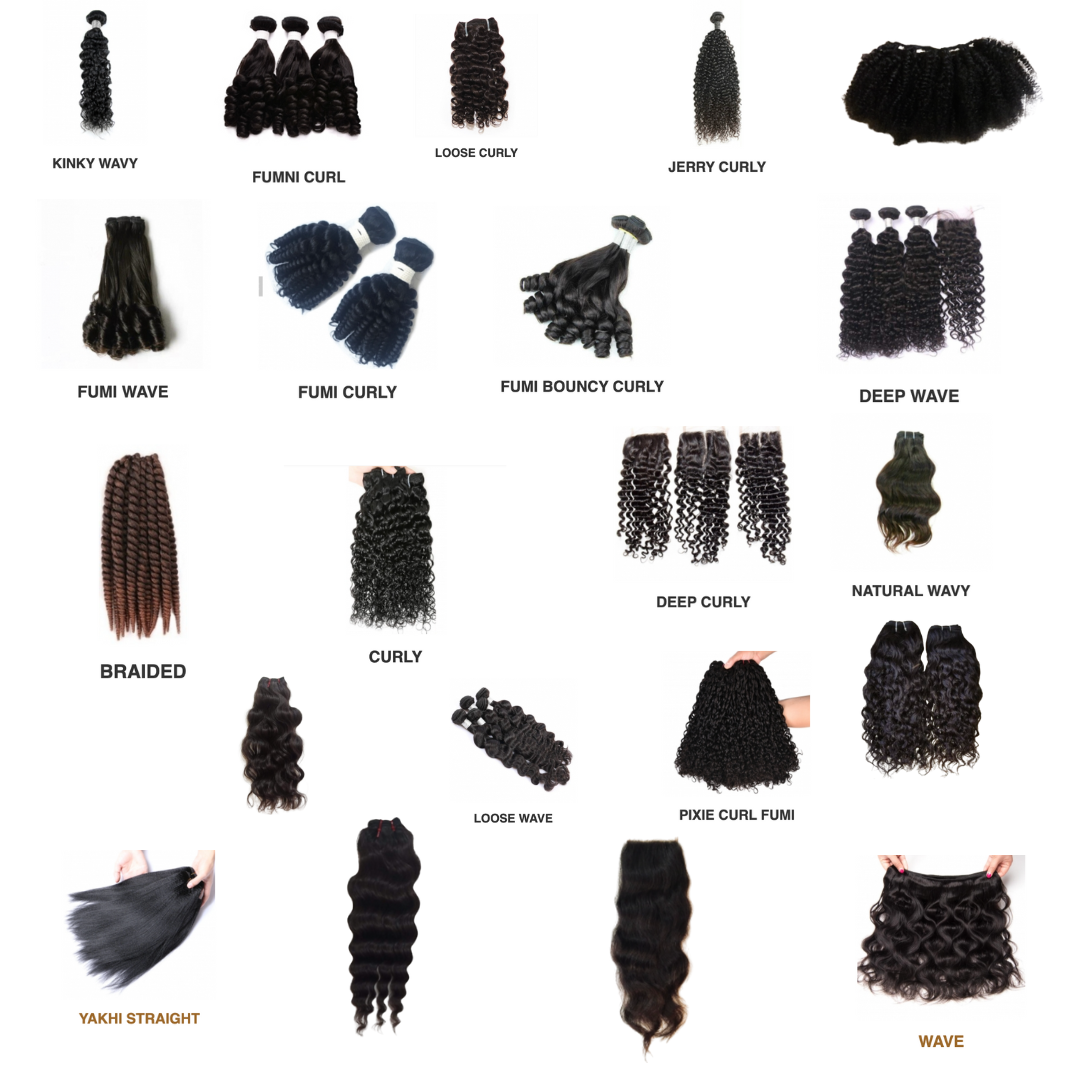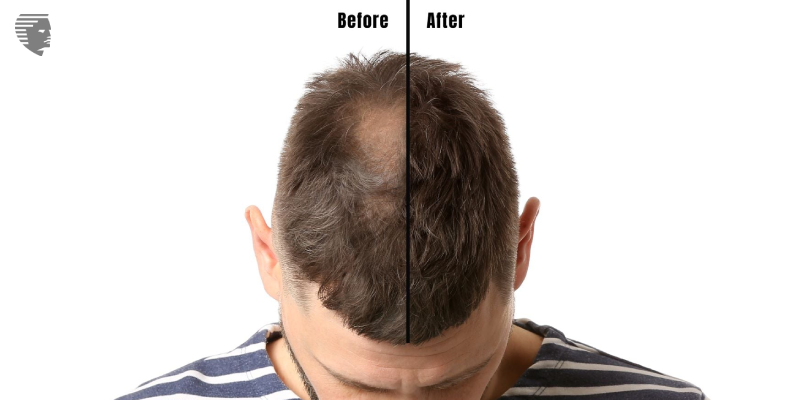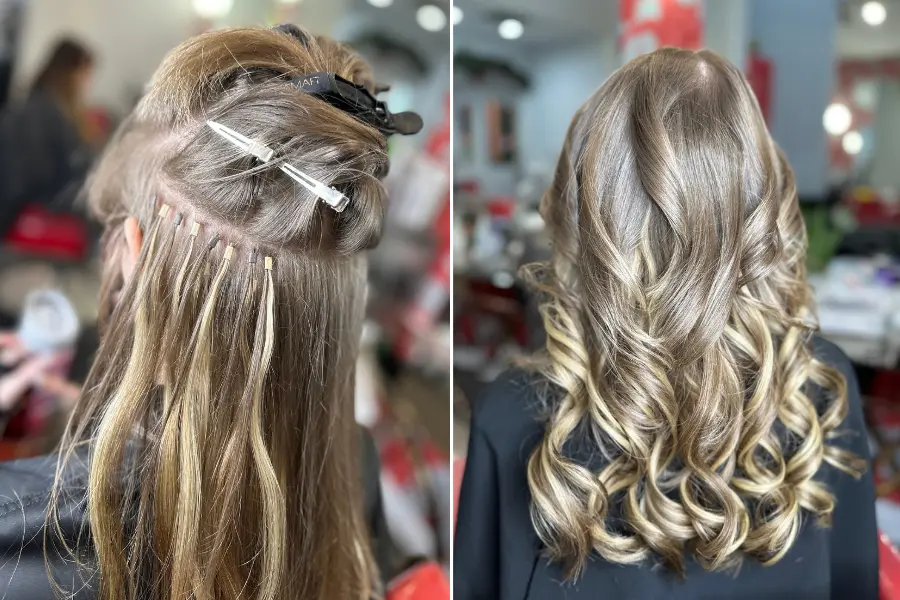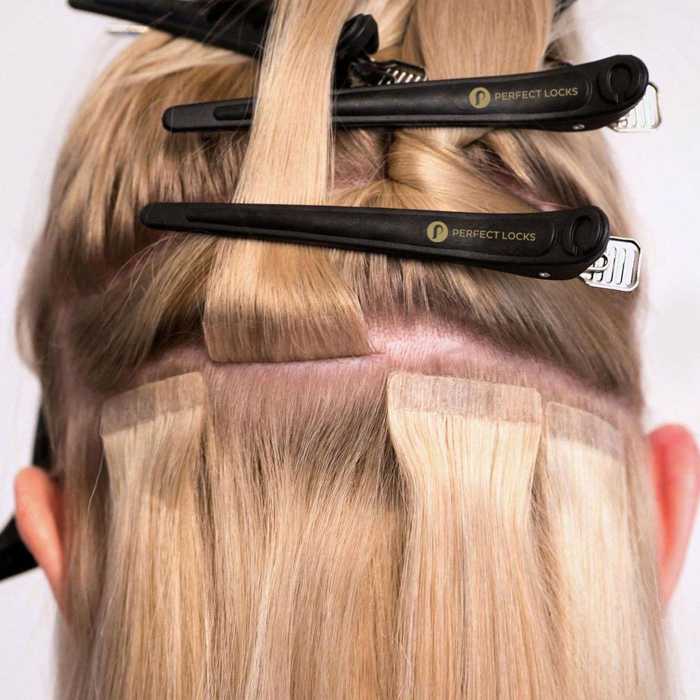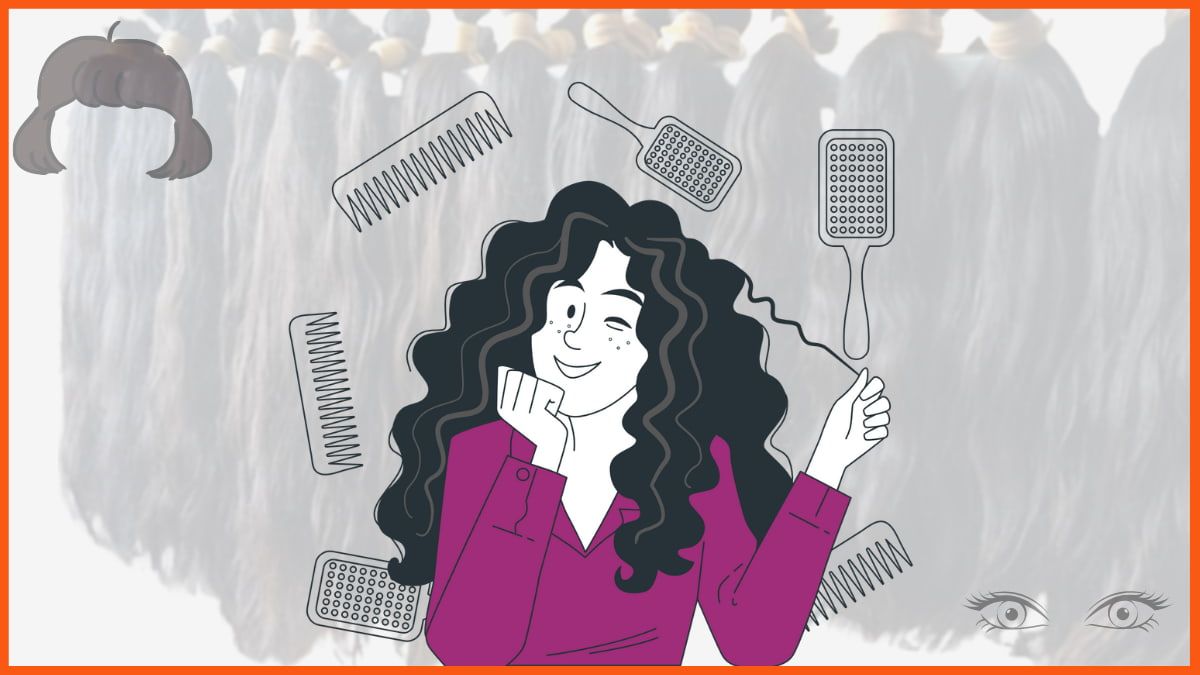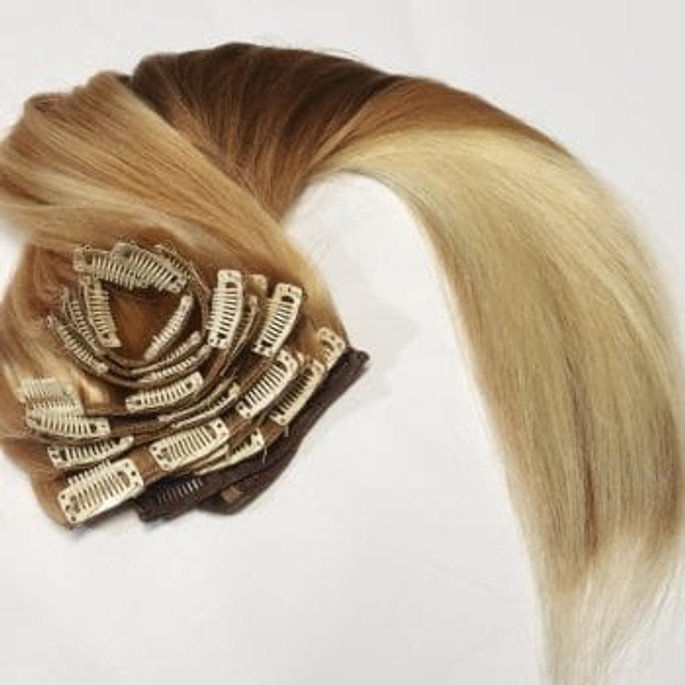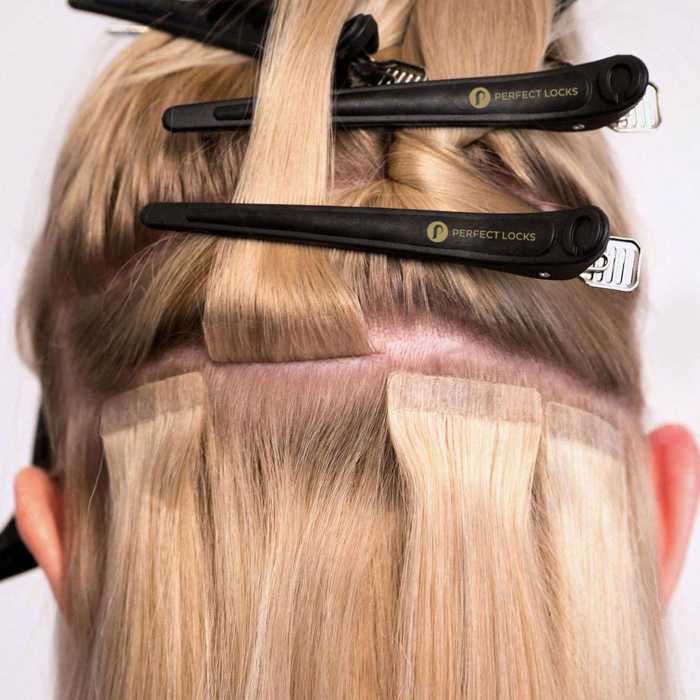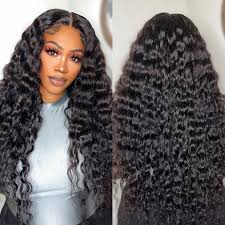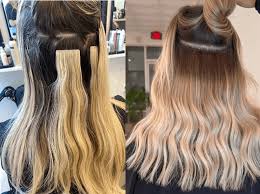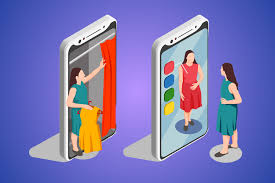AI & 3D Mapping: Revolutionizing Personalized Wigs
Imagine walking into a wig boutique and walking out a few hours later with a wig that feels like it was made by nature itself — every curve of your scalp perfectly matched, every hairline precisely designed just for you.
Thanks to groundbreaking technologies like Artificial Intelligence (AI) and 3D Mapping, that futuristic dream is happening right now.
Today, we're diving deep into how these cutting-edge tools are personalizing wigs at a whole new level — and why you’ll never look at a "standard size" wig the same way again.
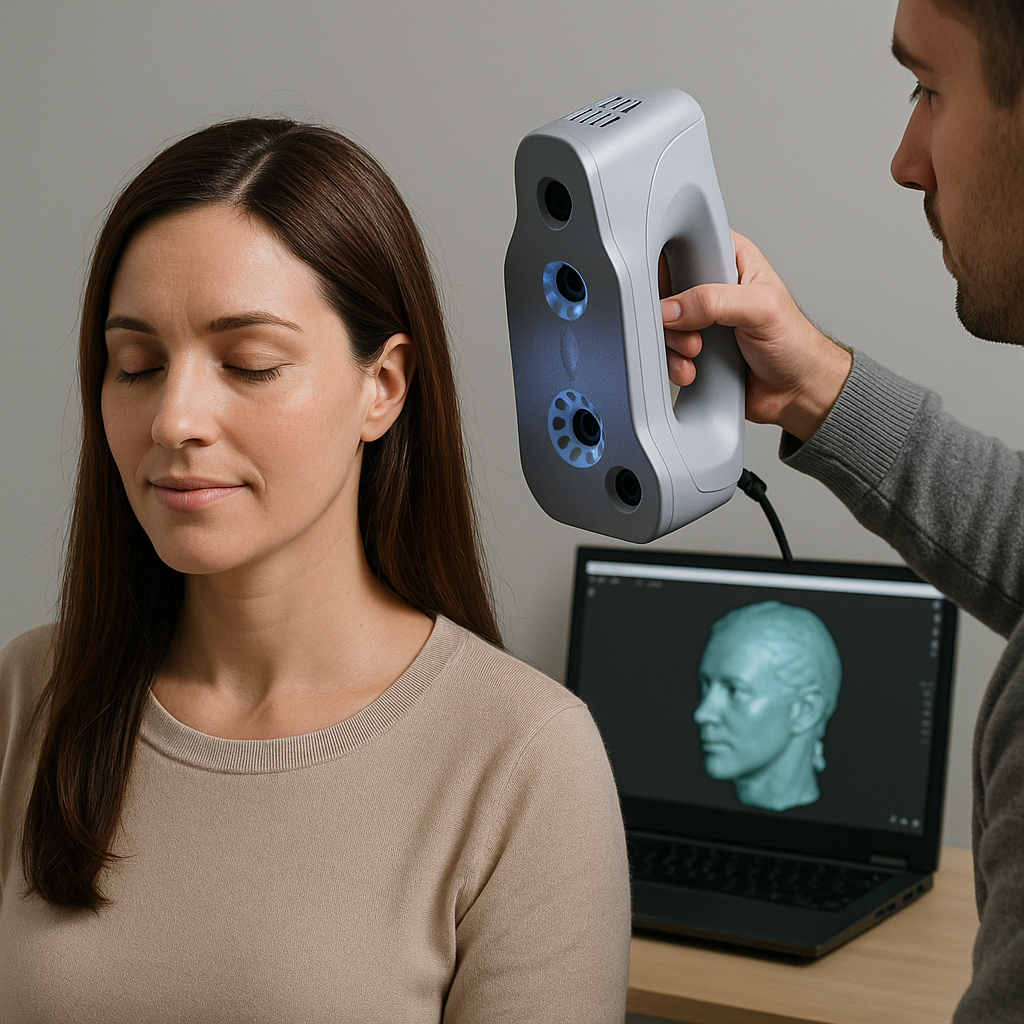
The Old Way: Standard Sizes and Trial-and-Error
Before technology entered the scene, the wig industry mostly operated on standard sizes: small, medium, large.
While these worked for many, a lot of clients — especially those dealing with medical hair loss or unique scalp shapes — found them uncomfortable or unnatural-looking.
-
Too tight wigs caused pressure headaches
-
Loose wigs felt insecure and awkward
-
Hairlines rarely matched natural growth patterns
-
Lots of costly trips for adjustments and refittings
The solution? AI and 3D scanning. These innovations have completely shifted wig-making from a one-size-fits-all approach to a one-size-fits-just-for-you philosophy.
How 3D Mapping Works for Wigs
3D Mapping is exactly what it sounds like: creating a precise, digital 3D model of your head and scalp.
Here’s how the magic typically happens:
-
Scanning:
Using handheld or stationary 3D scanners, professionals capture every contour, curve, and nuance of your scalp — down to millimeter-level accuracy.
-
Modeling:
This scan is processed into a 3D model. Technicians and AI software study the shape, volume, and hairline positioning.
-
Customization:
Based on the 3D map, a wig cap is custom-created to fit exactly. The placement of hair follicles is also designed to match your natural flow.
No more guessing. No more adjusting. Just a perfect fit from the start.

The Role of AI in Wig Personalization
While 3D Mapping gives us the physical "blueprint," AI adds a layer of smart personalization that human designers alone can’t match.
AI can analyze factors like:
-
Your previous hair thickness and texture
-
Natural hair growth patterns
-
Face shape, jawline, and forehead proportions
-
Lifestyle habits (sports, climate, etc.)
Then, AI algorithms recommend the best options for:
The result:
Wigs that not only fit physically but match your personality, lifestyle, and aesthetic better than ever before.
Why Clients Love AI & 3D Customized Wigs
Let’s be real — everyone wants to feel confident and natural when wearing a wig.
Here’s why people are obsessed with AI+3D personalization:
1. Unmatched Comfort
No more irritation, headaches, or shifting caps.
Custom wigs feel like a second skin because they are based on your unique scalp structure.
2. Next-Level Realism
AI ensures that every little detail — from hair density at the crown to slightly imperfect hairlines (because real hairlines aren't perfect!) — is designed to look as natural as possible.
3. Confidence Boost
Knowing your wig fits flawlessly and looks indistinguishable from natural hair can boost confidence in ways standard wigs sometimes can't.
4. Faster Turnaround
Because AI handles so much of the design, custom wigs can be created faster than old-school handmade methods — without sacrificing quality.
5. Inclusivity for All
Whether someone has undergone chemotherapy, has alopecia, or just wants a better aesthetic wig, AI and 3D technology allow for hyper-personalized solutions for every body, every story.
Who Benefits the Most?
While anyone can enjoy AI and 3D mapped wigs, they are a game-changer for:
-
Medical patients (cancer, alopecia, scalp surgeries)
-
People with unique scalp shapes (scarring, cranial differences)
-
Actors and performers who need custom-fit, ultra-realistic wigs
-
Fashion lovers wanting an exact replica of their natural hair
Real Client Stories: Transformations That Speak Volumes
✨ Story 1: Emma’s Journey After Chemotherapy
After losing her hair to chemo, Emma struggled with wigs that felt bulky and unnatural.
Her 3D scanned custom wig not only fit perfectly but restored her smile.
"It felt like getting a piece of myself back," she says.
✨ Story 2: Darren’s Big Stage Moment
As a theater actor, Darren needed a wig that could withstand hours of high-energy performances.
With AI-based material selection and a 3D-fitted cap, he finally got a wig that stayed secure — and invisible — through every scene.
.png)
What the Future Looks Like
We’re just getting started.
Here’s what’s coming next in AI & 3D Mapping for wigs:
-
Virtual Try-Ons:
Using your 3D scan, you’ll soon be able to try on hundreds of styles virtually before committing to a purchase.
-
Real-Time Adjustments:
Future wigs could adapt based on temperature, humidity, or scalp swelling throughout the day.
-
Biometric Integrations:
Custom wigs embedded with sensors to monitor scalp health or temperature? It’s already in early R&D!
Common Questions About AI & 3D Wigs
Q: Is it expensive?
At the moment, yes, it’s pricier than off-the-rack wigs — but prices are dropping as technology becomes more accessible.
Q: Does it take a long time?
Surprisingly, custom wigs using AI/3D are often faster to produce than traditional fully hand-tied wigs.
Q: Can synthetic and human hair both be used?
Absolutely! Custom wigs can be made from synthetic fibers, human hair, or blends — AI helps suggest the best match.
Q: Do you need to sit still for hours for scanning?
Nope. A full 3D head scan can be completed in under 10 minutes!
Final Thoughts: The Personalized Hair Future is Here
AI and 3D Mapping are not just flashy buzzwords.
They represent a fundamental shift in how we design, fit, and experience wigs.
No longer do you have to settle for "good enough."
Now, you can have a wig that fits only you, reflects only you, and empowers only you.
It’s not just about hair anymore — it’s about restoring identities, boosting confidence, and celebrating every beautiful, unique journey.
And thanks to technology, that journey just got a lot more personal.
Related Blog




.png)



